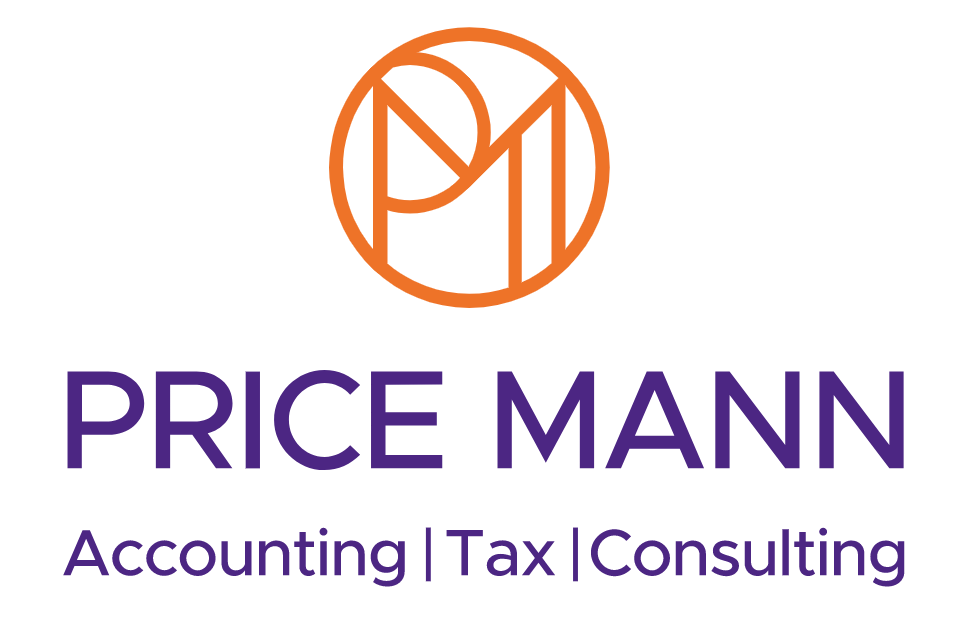Income tax: what’s changing?
Income tax: what’s changing?
What to expect from April 2023
A number of changes are coming to income tax in April 2023 that will affect taxpayers across the UK.
Many of these measures were announced by Chancellor of the Exchequer Jeremy Hunt in his Autumn Statement on 17 November 2022. According to Hunt, these decisions will see everyone pay “a bit more tax” from the 2023/24 tax year onwards.
Many of the decisions announced in the September mini-budget, including those affecting income tax, have been changed or scrapped completely.
The new measures are expected to raise a further £34 billion a year for the UK Government. As the cost-of-living crisis worsens and the UK enters a recession, it’s increasingly important to be aware of your liabilities. Understanding these measures may help you take the necessary steps to safeguard your finances.
Here’s what you need to know about the upcoming changes, and how they’ll affect your income tax bill.
Recap of changes to income tax
Additional-rate threshold
One of the biggest announcements made in the Autumn Statement was the lowering of the additional-rate threshold for income tax from £150,000 to £125,140.
Around 660,000 taxpayers currently pay the additional rate of income tax, and a further 232,000 people will fall into the tax bracket once the changes come into place in April 2023.
This is in stark contrast to previous Chancellor Kwasi Kwarteng’s announcement that the 45% additional rate would be scrapped altogether, which has now been reversed.
Personal allowance taper
By lowering the additional rate tax threshold to £125,140, the Government has aligned the top rate of tax with the personal allowance taper.
Under current legislation, taxpayers’ personal allowance is reduced by £1 for every £2 their net income exceeds £100,000. That means if your income is £125,140 or higher, your personal allowance will be zero.
Essentially, anyone who falls into the additional rate tax band from April onwards will pay income tax on all their earnings.
Basic rate
The basic rate of income tax in England, Wales and Northern Ireland will remain unchanged at 20% in April 2023, despite previous plans to lower it to 19%.
In the 2022 Spring Statement, then-Chancellor Rishi Sunak announced the basic rate would drop to 19% in April 2024. This plan was then supposed to be brought forward to April 2023 by Kwasi Kwarteng in the mini-budget.
However, the basic rate of income tax will instead stay fixed at 20% “indefinitely”, saving the Government approximately £6bn a year.
Frozen thresholds
The Chancellor announced several threshold freezes that will affect taxpayers in England, Wales and Northern Ireland over the coming years.
The following freezes were already in place until 2026, but will now be extended a further two years until 2028:
● the personal allowance threshold at £12,570
● the higher-rate threshold at £50,270.
Freezes to the various National Insurance contribution thresholds are also in place, which are important to be aware of alongside income tax.
Income tax in Scotland
While Westminster sets income tax rates for most UK taxpayers, the Scottish Government sets its own rules.
This means that many of the measures set out in the Autumn Statement will not apply to people in Scotland.
Deputy First Minister of Scotland, John Swinney, announced a number of changes to income tax in the Scottish Budget on 15 December 2022 that will affect top earners the most.
Much like the rest of the UK, the threshold for Scotland’s top rate will be lowered from £150,000 to £125,140 in April 2023, pushing more taxpayers into the top band.
Unlike the rest of the UK, tax rates for higher earners are also changing in April. The higher rate of income tax will rise from 41% to 42% while the additional rate will rise from 46% to 47%.
There will be no changes to the starter, basic or intermediate rates of income tax in Scotland.
Furthermore, the UK Government’s decision to freeze the personal allowance threshold at £12,570 applies to taxpayers nationwide, including Scotland. The Welsh Government also has devolution powers, but has chosen not to use them so far.
How the changes will affect your income tax bill
The Government has said that the “fairest way” to restore public finances is for everyone to contribute a little, with the highest earners paying a “larger share”. However, many taxpayers who fall into lower tax bands will also be affected by the upcoming changes.
With thresholds frozen until 2028, taxpayers across all bands will see a greater proportion of their earnings going towards their income tax bill as wages rise with inflation.
The Office for Budget Responsibility (OBR) estimates these freezes will create an additional 3.2m new taxpayers, causing 2.6m people to fall into a higher tax bracket.
Because of this, many are viewing the threshold freezes as a “stealth tax”, and some people may find their pay rises effectively cancelled out by increased tax liabilities.
For example, individuals who currently pay the 20% basic rate of tax will need to pay 40% on their income above £50,270, if it exceeds that level between now and 2028.
Furthermore, people on lower incomes may need to tighten their purse strings as inflation continues to soar while the personal allowance threshold remains fixed at £12,570.
Meanwhile, around 232,000 taxpayers currently paying the higher rate will need to pay the additional rate once the threshold is lowered in April.
According to the Government, the impact of this measure will vary depending on individual circumstances.
On average, the cash loss will be £621 for those who earn between £125,140 and £150,000, and £1,256 for people with incomes above £150,000.
However, those who do fall into the additional tax rate band in April will be able to take advantage of the more generous pension relief it offers.
Basic rate relief of 20% is automatically applied to each person’s pension contributions, and people who pay the additional rate can claim a further 25% on top of that.
To benefit from this relief, top earners will need to claim the money back in their self-assessment tax return.
Work with tax experts
With legislation constantly evolving, it can be difficult for individuals to navigate the complexities of income tax.
Without a good understanding of your obligations, you may end up with a bigger income tax bill than you bargained for and risk incurring extra costs.
Working with an accountant will help you stay in HMRC’s good books, and may save you time and money in the long run.
As tax experts, we can explain how the new changes will affect your finances directly, and calculate and submit your returns on your behalf.
Your accountant can also draw up an in-depth tax strategy, ensuring you take home as much of your hard-earned profits as possible.
Talk to an expert about the upcoming changes to your income tax bill.













